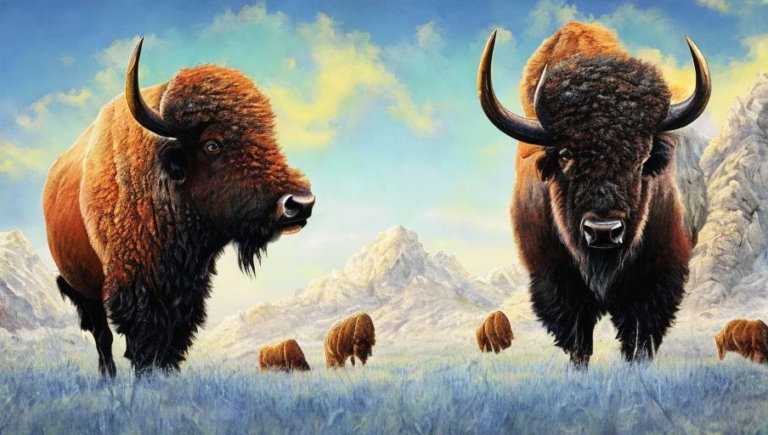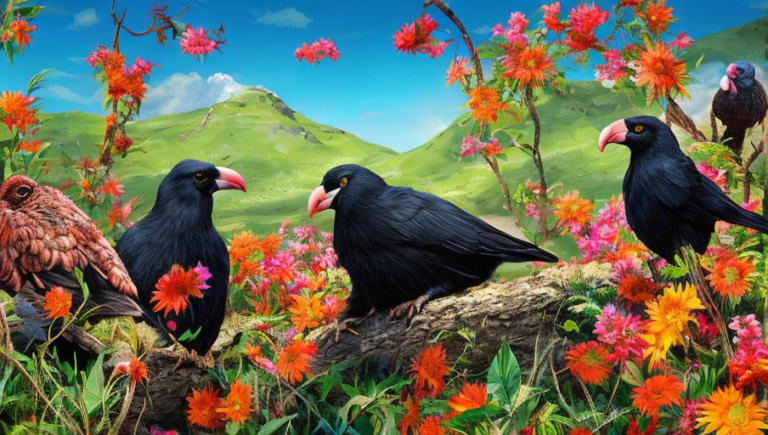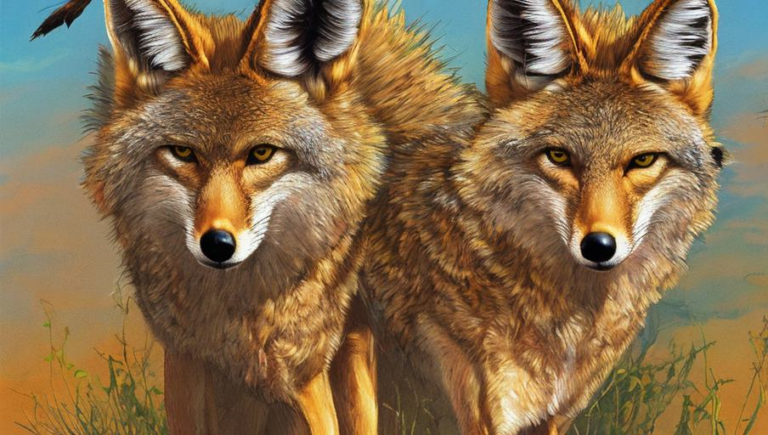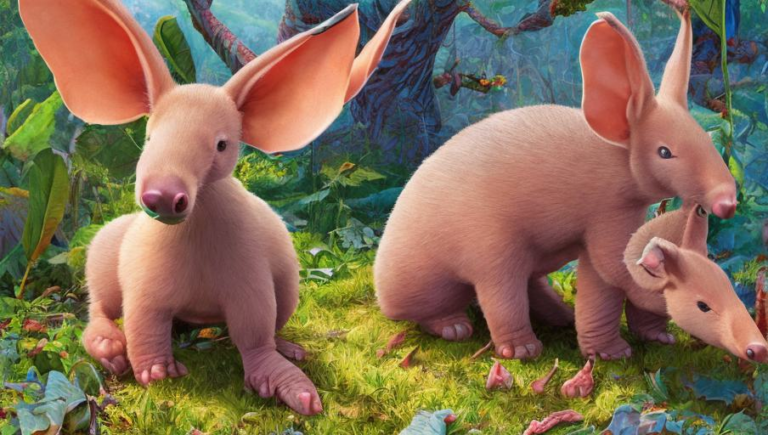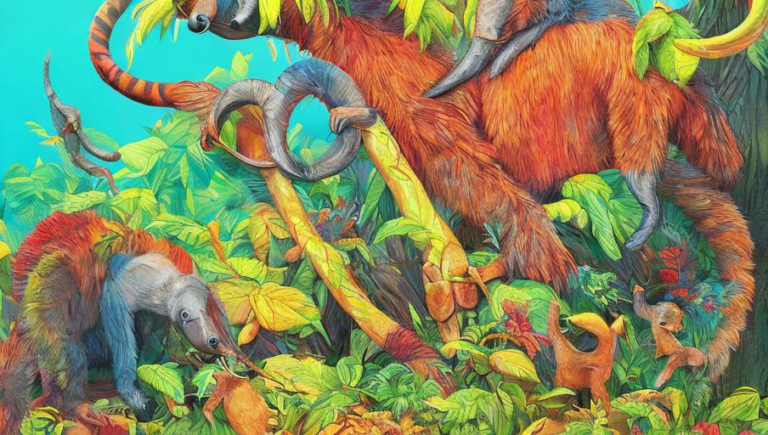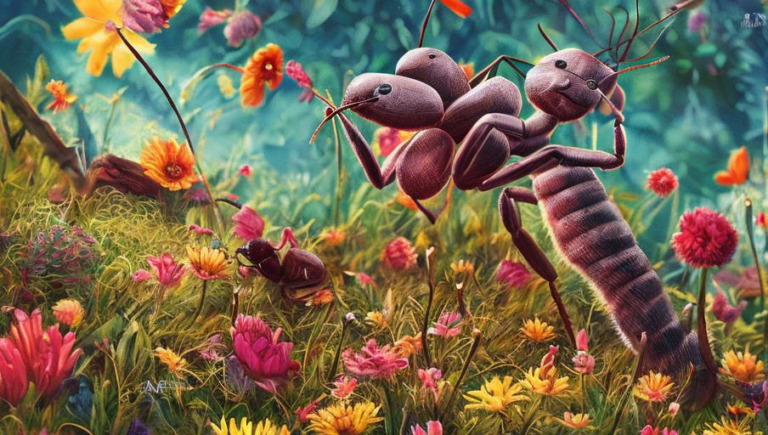A Closer Look at Baboon Social Structures

Introduction
Baboons are one of the most fascinating animals on the planet. With their unique social structures, baboons provide some of the most interesting insights into the lives of primates. These primates are found in parts of Africa and Asia, and show remarkable levels of social behavior that are similar to humans. This article will take a closer look at the baboon social structures and the various roles that each member of the group plays.
Social Structure
Baboons are highly social animals that live in large troops of up to 150 members. The troops are led by an alpha male, who is the leader of the group. He is supported by a few other dominant males, who help him maintain order and protect the group from predators. The rest of the troops are made up of adult females and their young. Each baboon has a specific role to play in the troop, and they rely heavily on one another for protection, grooming, and communication.
Dominance Hierarchy
Baboons have a strict dominance hierarchy, which is established by the alpha male. This hierarchy determines the social roles that each baboon plays. The alpha male is the leader of the group and is responsible for making decisions and protecting the group. He is also the most dominant of the males and often has first access to food, water, and mates. The other males in the group are also ranked according to their dominance and must follow the alpha male’s orders.
Females and Youngsters
The females in the group are the most important members of the troop. They are responsible for the care and protection of their young, as well as for finding food and water for the group. The young baboons are very important to the group and are fiercely protected by the females. Despite their smaller size, they are still able to play important roles in the troop, such as helping to groom other members or acting as lookouts.
Grooming
Grooming is an important part of baboon social behavior. It serves as a way for the animals to bond and show support for one another. Grooming helps to reduce stress and tension within the group and is a sign of trust and affection. Baboons will often groom each other, which helps to improve the overall health of the troop.
Communication
Baboons use various forms of communication to communicate with one another. They use vocalizations such as barks, grunts, and screeches to alert the group to potential danger or to call for help. They also use facial expressions and body language to express their feelings and intentions. By understanding these forms of communication, researchers are able to gain insight into the social behavior of baboons.
Conclusion
Baboons have an incredibly complex social structure that is fascinating to observe. The various roles that each member of the group plays are essential to the health and survival of the troop. By understanding the importance of their social behavior, we can gain insight into the lives of these fascinating creatures.
